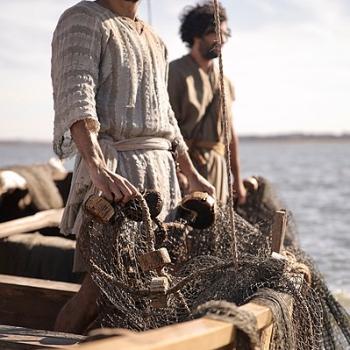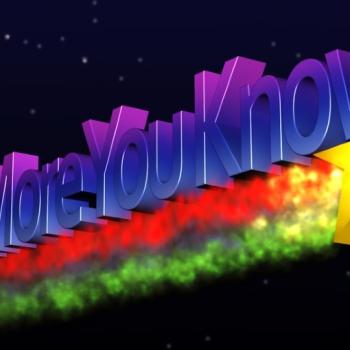Pope Benedict XVI's visit to Cuba, the country of my birth and the country my parents and I fled in 1966, both delights and pulls on the heartstrings of many Cubans and Cuban-Americans like myself; we watched his pilgrimage to the Shrine of Our Lady of Charity of Cobre from afar, yearning to be present with the Holy Father in this Jubilee Year.
So much of my identity lies bundled within the mantle of Cuba's patroness, La Virgen de la Caridad del Cobre, that I too easily forget who she is.
To my child's heart she is a constant companion, my ever-present friend whose image in the homes of family and friends, doctors' offices, and storefronts in the Cuban neighborhoods of Atlanta and Miami where I grew up identified a little piece of home. The sight of her, especially in an unexpected place, is cause for joy—as an adult I learned Cause of Our Joy as one of Mary's many titles—back then I just knew her as "la virgencita," a sweet diminutive denoting the closeness of my relationship to her.
Wherever she was, there was Baby Jesus nestled in her left arm. As a child, I never paid any mind to the object in her right hand, a cross. This juxtaposition of the Incarnation and Crucifixion, the dichotomy of joy and human suffering, speaks volumes to me today.
Cuba's history is also a dichotomy, a history resplendent with the natural beauty of an island paradise and a people filled with goodwill that contrasts with periods of oppression and abuse. In all of this, the Blessed Mother has remained present, watching over her children.
Cuban devotion to Mary is often traced back to when three young men, nicknamed "the three Juans," found this image of Our Lady of Charity floating in the Bay of Nipe. They could not have known how meaningful this symbolism would be 400 years later. La Virgencita came to these men, to the Cuban people, at a time when the dignity of the human person was under assault by a system of cruel slavery.
Many stories and legends abound concerning her appearance. Some accounts claim there was a storm at sea when she was found. Others describe the statue miraculously disappearing from chapels built to honor her. Today, this little wooden statue resides at the Basílica Santuario Nacional de Nuestra Señora de la Caridad del Cobre (National Shrine Basilica of Our Lady of Charity).
Regardless of the legends, a steadfast truth remains: Mary appeared in the province of Oriente, said to be the most beautiful part of the country. Historically, it is where the first settlement was made, on the eastern tip of the island. It is where the slaves were first set free. It is where the War of Independence establishing Cuba as a republic free from Spanish rule began.
This week Benedict XVI's Apostolic Visit to Cuba begins with his travel as a pilgrim to Santiago, to pray before Cuba's beloved image of Our Lady of Charity, laying flowers at Our Lady's feet and lighting a candle, as pilgrims have done for centuries before him.
This simple act of veneration carries profound and deep meaning to Cubans, both in Cuba, suffering the modern day assaults against human rights and dignity under a communistic atheist regime, and those generations living abroad suffering the pain of isolation and exile.
Pope Benedict's pilgrimage takes place during a special Marian Jubilee, the 400th anniversary of Our Lady of Charity's appearance to the Cuban people. Many recall that this is not the first papal visit to Cuba.
Pope John Paul II came as a messenger of truth and hope in the midst of secularism and atheism in 1998.
We are gathered in this metropolitan cathedral dedicated to the Immaculate Conception, on the day when the liturgy celebrates the conversion of St Paul. On the road to Damascus St Paul was visited by the risen Lord and was converted from a persecutor of Christians to a fearless and tireless Apostle of Jesus Christ. His shining example and his teachings should serve as your guide in facing and overcoming day by day the many obstacles to the fulfilment of your mission; in this way energy and enthusiasm for advancing the kingdom of God will not diminish. (John Paul II, Message at the Metropolitan Cathedral, Santiago de Cuba, January 25, 1998)




